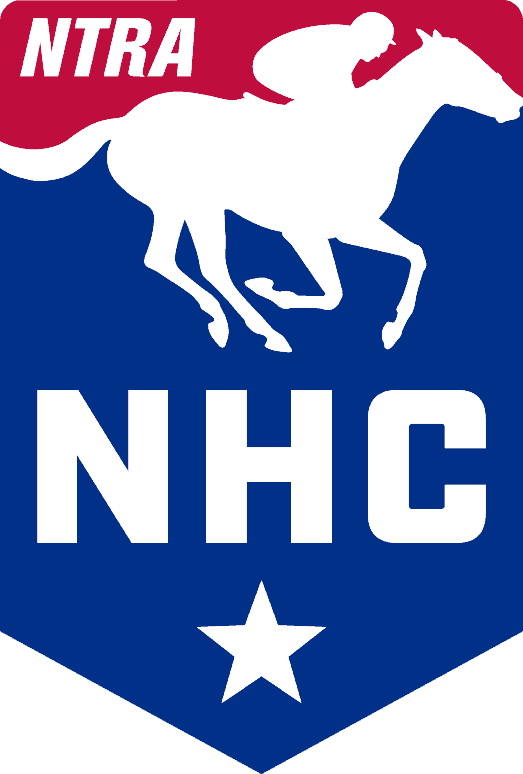Linda Rodriguez, a lifelong resident of Carmel Valley in San Diego, near Del Mar, rallied for third behind legendary horseplayer Christian Hellmers in last weekend’s Santa Anita Autumn Handicapping Championship, earning her third consecutive trip to the world’s richest and most prestigious handicapping contest, the $2.8 million (estimated) Daily Racing Form/NTRA National Handicapping Championship (NHC) presented by Racetrack Television Network and Treasure Island Las Vegas, set for Jan. 27-29, 2017, at Treasure Island. Starting with $3,000, the 43-year-old Rodriguez amassed a $12,530 bankroll to earn an additional $7,500 in prize money, as well as berths to NHC 18 and the Breeders’ Cup Betting Challenge.
What was your strategy going into the Autumn Championship?
“For the first time I didn’t have a strategy. Going into the first day I had handicapped for two hours the night before, but for the second day I only got to handicap one hour when I got there. I really didn’t have time to look at all of the races. I only got through about seven and the funny thing is that it was my last three races that really got me to third place. And those are the races I didn’t look at until 20 minutes before they were about to go off! I got really, really lucky.”
Maybe you got lucky, or maybe you benefited from not overthinking those races?
“That could be because that’s one of my biggest downfalls. I’m a very organized person, maybe even a bit on the OCD side. But this time I was shooting from the hip and look what happened.”
Are there any specific plays you remember from those last few races?
“I was betting every single race because it’s hard for me to lay off. That’s another one of my downfalls usually. I wasn’t hitting anything. But then came Ward ’n Jerry in the sixth at Santa Anita and I put a little on him. He hit at 7-1.
“Then in the eighth race (the Grade 3 L.A. Woman Stakes) I took my whole bankroll, about $800, and put it on Gloryzapper. He was 9-2 and that got me up to $4,500.
“For the last race I really liked Mr. Roary for George Papaprodromou. I liked the class relief and, of course, Gary Stevens riding. And he was a frontrunner and speed’s been good on the turf this meet. I did $1,000 to win and I couldn’t believe it but that horse did it for me. Then I saw George walk into the FrontRunner [restaurant] and I was jumping up and down and I hugged him and was like, ‘Georgie, I love you!’ It was so funny.”
How did you get interested in horseracing and how did you become a contest player?
“I’ve always liked horseracing. My mom took me to Del Mar every summer when I was a little girl. She calls me the original horse whisperer because we’d go out to the paddock for every single race to look at the horses and I would just pick the winner. She thought I could communicate with them somehow.
“I started going to Surfside (the Del Mar simulcast center) a few years ago with my boyfriend David McCarty. The general manager, George Bradvica, told us we should try the contests. That was in 2014 and David came in third his first time ever trying. So I decided I needed to get in on this, too. I entered the next day and I came in second in my first tournament. George told me I had won $1,800 and a ‘seat’ and I didn’t even know what that meant. He told me it’s the Super Bowl for handicappers. After that I started playing regularly. During the week I’ll usually play one feeder and see if I can get to a qualifier.”
What do you do away from the racetrack and playing horses?
“I’m a student. I went back to school to finish my bachelor’s degree in marketing. I’m not really enjoying it, to be honest, because I just want to be handicapping all day.”
Maybe your racetrack winnings can help pay some of your tuition?
“That’s the plan. Right now playing the horses is my only income so I’m gambling for a living.”
What were you doing before you went back to school?
“I was a dancer for years with the California Ballet Company, stopped dancing professionally when I was 18, and after that I taught ballet for eight years. I still love to dance but dance teachers don’t make any money.”
Do you still spend a lot of time inspecting horses in the paddock like you did as a young girl?
“When I play in the contests I can’t run up and down but I have my binoculars and I look at each and every horse in the post parade. I think my strong point is handicapping physicality. I’m looking to see if they’re within themselves and I’m looking for confidence. I don’t like to see them all over their lead ponies, except maybe with the babies, then it’s OK. That’s why I was reluctant to play daily doubles in the contest because I can’t see all of the horses on the track.”
It sounds like a lot of what you look for are traits you would want to see in a dancer.
“They’re all artists and to me they’re very graceful. I’m looking for the balance of their muscles and I like it when they have that pep in their step, like they’re ready to perform. As ballerinas you rehearse to perform and the rehearsals say a lot about how someone will perform. They don’t tell you everything but they tell you a lot. I look for who looks the best, who has the best energy, the nicest coat, the dapples. I look at their eyes to see if they’re focused. Just like people, you can tell which ones are ready to perform.”
